Home>Garden Essentials>How Long Are Tomato Seeds Good For
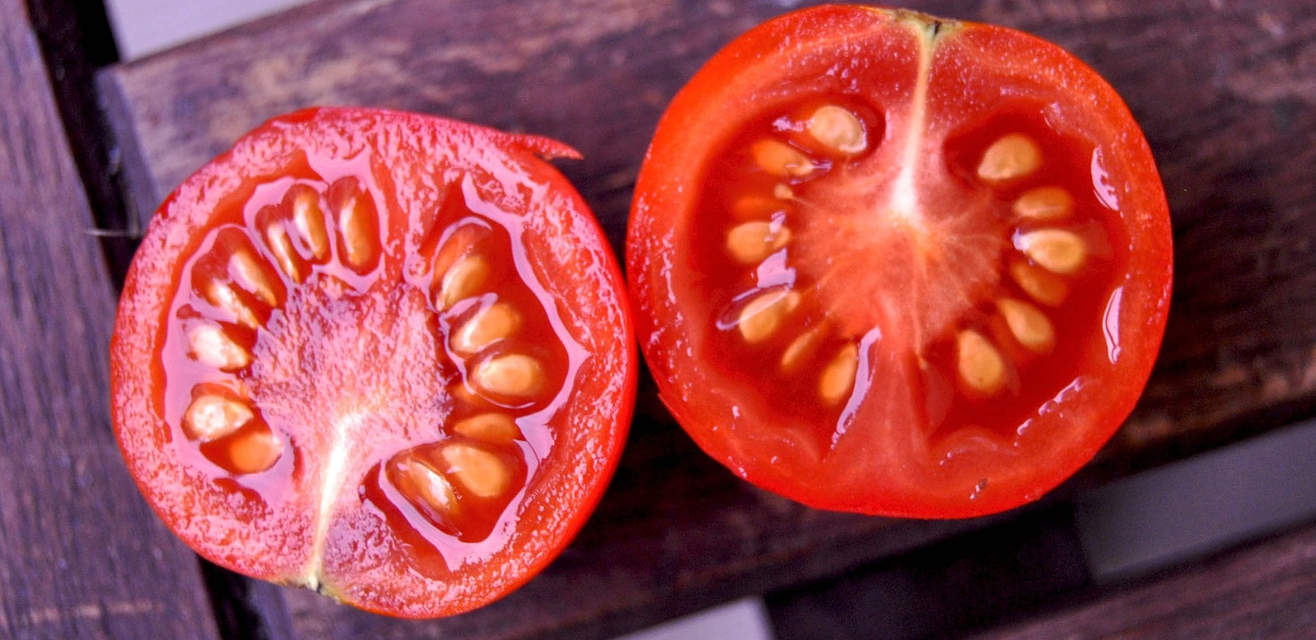

Garden Essentials
How Long Are Tomato Seeds Good For
Modified: March 26, 2024
Discover how long tomato seeds remain viable in your garden and learn valuable tips for maximizing their shelf life.
(Many of the links in this article redirect to a specific reviewed product. Your purchase of these products through affiliate links helps to generate commission for Storables.com, at no extra cost. Learn more)
Introduction
Gardening enthusiasts and farmers know the satisfaction of growing their own fruits and vegetables from seeds. Tomato seeds, in particular, are widely used for their versatility and delicious results. But have you ever wondered how long tomato seeds are good for? Understanding the longevity of tomato seeds is crucial for successful germination and ensuring a bountiful harvest.
Several factors influence the storage life of tomato seeds, including their inherent characteristics and the conditions in which they are stored. By properly storing tomato seeds and knowing the signs of seed viability, you can maximize their shelf life and increase your chances of successful seed germination.
In this article, we will explore the factors affecting tomato seed longevity, provide tips for proper seed storage, discuss signs of seed viability, and offer strategies for extending the lifespan of tomato seeds. So, whether you are a seasoned gardener or a beginner, let’s dive in and learn how to make the most of your tomato seeds.
Key Takeaways:
- Tomato seeds can last 3-5 years when stored properly in cool, dark, and dry conditions. Regular viability tests and proper labeling can help maintain seed quality and increase chances of successful germination.
- Harvest tomato seeds at optimal maturity, store them in airtight containers, and rotate seed stock regularly to extend their viability. Choosing seeds from healthy plants and conducting germination tests can ensure a constant supply of viable seeds for a bountiful harvest.
Read more: How Long Grape Tomato Germinate
Factors Affecting Tomato Seed Longevity
The longevity of tomato seeds is influenced by various factors, including their genetic composition, seed moisture content, and storage conditions. Understanding these factors can help you determine the potential lifespan of your tomato seeds. Let’s take a closer look at each of these factors:
Genetic Composition: Different tomato varieties have varying seed longevity. Some varieties naturally have longer seed viability than others. When selecting tomato seeds, it is helpful to choose varieties known for their good seed storage potential.
Seed Moisture Content: Tomato seeds must be properly dried before storage. High moisture levels can lead to seed deterioration and reduced viability. It is recommended to dry tomato seeds thoroughly by spreading them in a single layer on absorbent paper in a well-ventilated area. Monitor the seeds regularly and ensure they are completely dry before storing them.
Storage Conditions: The environment in which tomato seeds are stored plays a crucial role in their longevity. The key factors to consider are temperature, humidity, and light exposure. Seeds should be stored in a cool, dry, and dark location to minimize moisture absorption and prevent premature aging. Ideal storage temperatures for tomato seeds range from 40°F to 50°F (4°C to 10°C).
Container Selection: The type of container used for seed storage can impact seed longevity. Choose containers that are airtight and moisture-resistant to prevent moisture absorption. Glass jars or sealed plastic containers with lids that create a tight seal are excellent choices. Avoid storing tomato seeds in paper envelopes or plastic bags, as they are more prone to moisture damage and fungal growth.
Storage Duration: Tomato seeds can remain viable for different lengths of time, depending on the variety and storage conditions. Generally, tomato seeds can retain good viability for around 3 to 5 years when stored under optimal conditions. However, it is important to monitor seed viability regularly and refresh your seed stock every few years to ensure successful germination.
Understanding the factors that influence tomato seed longevity empowers you to make informed decisions regarding seed storage and usage. By paying attention to these factors, you can increase the chances of successfully germinating your tomato seeds and enjoying a plentiful harvest year after year.
Proper Storage of Tomato Seeds
Proper storage of tomato seeds is crucial for maintaining their viability and ensuring successful germination. By following these guidelines, you can extend the longevity of your tomato seeds and preserve their quality:
1. Dry the Seeds: Before storing tomato seeds, ensure they are completely dry. Spread the seeds in a single layer on absorbent paper and allow them to air dry for several weeks in a cool, dry location. This will reduce the seed moisture content and prevent the growth of mold or fungi during storage.
2. Choose the Right Container: Select airtight and moisture-resistant containers for seed storage. Glass jars with tight-fitting lids or sealed plastic containers are excellent options. Avoid using paper envelopes or plastic bags, as they can allow moisture to seep in and damage the seeds.
3. Label and Date: It is essential to label each container with the tomato variety, date of collection, and any other pertinent information. This will help you keep track of the seed’s age and ensure you use the oldest seeds first.
4. Store in Cool and Dark Conditions: Tomato seeds should be stored in a cool, dark, and dry location. Fluctuations in temperature and exposure to light can reduce seed viability. Aim for a storage temperature between 40°F and 50°F (4°C and 10°C) to maintain optimal seed quality.
5. Avoid Freezing: While cool temperatures are ideal for seed storage, freezing tomato seeds is not recommended. Freezing can damage the seed’s cells and reduce viability. Stick to cool storage conditions instead.
6. Avoid Moisture: Moisture is the enemy of seed longevity. Keep the stored seeds away from areas with high humidity, such as the kitchen or bathroom. Moisture can cause the seeds to mold, resulting in seed degradation and reduced viability.
7. Regularly Check Viability: Periodically test the viability of your stored tomato seeds to ensure their germination potential. This can be done through a simple germination test (more on that below). If a significant portion of your seeds fail to germinate, it may be time to refresh your seed stock.
By following these storage guidelines, you can maintain the viability of your tomato seeds and have a constant supply of healthy seeds for successful seed germination.
Signs of Tomato Seed Viability
Knowing the signs of tomato seed viability is essential for determining whether your stored seeds are still capable of germination. Here are some indicators to look for:
1. Seed Color: Tomato seeds that are viable tend to have a dark, uniform color. If the seeds appear shriveled, discolored, or have moldy patches, they may have lost their viability and should not be used for planting.
2. Seed Size: Viable tomato seeds are usually plump and have a relatively uniform size. If the seeds appear shriveled, misshapen, or significantly smaller than usual, it may indicate that their viability has degraded.
3. Float Test: The float test is a simple way to assess seed viability. Place the tomato seeds in a bowl of water and gently agitate. Viable seeds generally sink to the bottom, while non-viable seeds tend to float or remain near the surface.
4. Germination Test: The most accurate way to determine seed viability is by conducting a germination test. Place a sample of seeds on a damp paper towel or in a seed-starting tray filled with moist soil. Keep the seeds in a warm and well-lit area and monitor them over the course of a week. If a significant number of seeds germinate and produce healthy seedlings, it indicates good viability. However, if the majority of seeds fail to germinate, they are likely no longer viable.
5. Seed Age: Tomato seeds have a finite lifespan, even under ideal storage conditions. As seeds age, their viability gradually decreases. It is generally recommended to use tomato seeds within three to five years of their harvest date to ensure optimal germination rates.
6. Previous Success Rate: If you have successfully germinated and grown tomato plants from a batch of seeds before, it is an indicator that the remaining seeds from the same batch are likely still viable. This can be a useful reference point when determining the viability of stored tomato seeds.
By observing these signs, conducting tests, and considering the age of your tomato seeds, you can make informed decisions about the viability of your stored seeds. It is always best to err on the side of caution and use fresh seeds or ones with high viability for the best chances of successful germination and healthy plant growth.
Store tomato seeds in a cool, dry place for up to 4 years. Keep them in an airtight container to maintain their viability.
Testing Tomato Seed Viability
Testing the viability of your tomato seeds ensures that you are using seeds that have a high chance of successful germination. Here are a few methods you can use to test tomato seed viability:
1. Germination Test: The germination test is a simple and effective way to determine the viability of tomato seeds. Take a sample of seeds and place them on a damp paper towel or in a seed-starting tray filled with moist soil. Keep the seeds in a warm and well-lit area, maintaining the moisture level throughout the test. Monitor the seeds over a period of one to two weeks and record the number of seeds that successfully germinate. A high germination rate indicates good seed viability.
2. Seedling Vigor: After conducting the germination test, observe the resulting seedlings. Healthy, robust seedlings with strong stems and well-developed leaves indicate high seed viability. Weak or stunted seedlings may indicate low viability and may not grow into healthy plants.
3. Professional Seed Testing: If you want a more accurate and detailed assessment of your tomato seed viability, you can send a sample of seeds to a professional seed testing laboratory. These labs conduct controlled tests to determine germination rates and provide accurate viability information. This option is particularly useful if you are dealing with a large quantity of seeds or if you are a commercial grower.
4. Store-Bought Controls: If you are unsure about the viability of your stored tomato seeds, you can purchase a small packet of fresh seeds as a control. Conduct the germination test using your stored seeds alongside the store-bought control seeds. This will help you compare the germination rates and determine the viability of your stored seeds.
5. Previous Success Rate: If you have successfully grown tomato plants from the same batch of seeds before, it is a strong indicator of their viability. Take note of the success rate you experienced in previous plantings and use it as a reference when evaluating the viability of your stored seeds.
Testing tomato seed viability ensures that you are using seeds that are likely to germinate and produce healthy plants. It helps you make informed decisions when selecting seeds for planting and ensures a higher chance of a successful and productive garden.
Tips for Extending Tomato Seed Longevity
While tomato seeds naturally have a limited lifespan, there are certain measures you can take to extend their viability and maximize their longevity. Consider these tips to preserve the quality and viability of your tomato seeds:
1. Harvest Seeds at Optimal Maturity: Tomato seeds should be harvested when the fruits are fully ripe. This ensures that the seeds inside have reached their maximum maturity and have the best chance of successful germination. Avoid harvesting seeds from under-ripe or overripe tomatoes.
2. Use Proper Seed Storage Techniques: As mentioned earlier, storing tomato seeds in a cool, dark, and dry environment is essential. Ensure the seeds are thoroughly dried, free from moisture, and placed in airtight containers. This helps to prevent premature aging and maintain optimal seed viability.
3. Rotate Seed Stock: To avoid reliance on older seed batches, it is good practice to rotate your seed stock regularly. Use your older seeds first, and replenish your stock with fresh seeds every few years. This ensures a constant supply of viable seeds for successful germination.
4. Maintain Consistent Storage Conditions: Fluctuations in temperature and humidity can accelerate seed deterioration. It is crucial to provide a stable storage environment for your seeds. Avoid exposing them to extreme temperatures, direct sunlight, or excessive humidity, as these factors can decrease seed viability.
5. Perform Regular Viability Tests: Periodically test the germination rate of your stored tomato seeds. This allows you to assess their viability and make informed decisions regarding seed usage. By staying proactive, you can identify any deterioration in seed quality and take appropriate actions, such as refreshing your seed stock if necessary.
6. Save Seeds from Healthy Plants: Select seeds from healthy and disease-free tomato plants. Saving seeds from robust plants increases the likelihood of obtaining high-quality seeds with good viability. Avoid using seeds from plants that exhibited signs of disease, poor growth, or low productivity.
7. Properly Label and Organize Seeds: Keeping your seed collection well-organized and properly labeled helps maintain their integrity. Label each container with the tomato variety, date of collection, and any additional relevant information. This ensures that you can easily identify and use the oldest seeds first, preventing the unintentional use of seeds past their prime.
By following these tips, you can extend the longevity of your tomato seeds and increase the chances of successful seed germination and healthy plant growth. Consistent seed storage practices and regular viability testing will help you maintain a reliable and productive seed collection for years to come.
Conclusion
As a gardener, understanding the longevity of tomato seeds is crucial for ensuring successful germination and a productive harvest. By considering the factors that affect seed viability and implementing proper storage techniques, you can extend the lifespan of your tomato seeds and maximize their potential. Remember to choose tomato varieties with good storage potential, thoroughly dry the seeds before storage, and store them in cool, dark, and dry conditions.
Regularly checking the signs and conducting viability tests will help you determine if your stored tomato seeds are still viable for planting. By utilizing germination tests, float tests, and evaluating seedling vigor, you can make informed decisions about the viability of your seeds. Consider using store-bought controls or professional seed testing for more accurate results.
To extend the longevity of your tomato seeds, harvest them at the optimal maturity, rotate your seed stock regularly, and maintain consistent storage conditions. Save seeds from healthy plants and keep your seed collection well-organized and properly labeled to ensure you utilize the oldest seeds first.
Remember, while tomato seeds have a natural lifespan, proper storage and care can significantly increase their viability. By following these tips, you can ensure a constant supply of viable tomato seeds and enjoy successful germination year after year, leading to a bountiful and flavorful tomato harvest.
So, whether you are an avid gardener or a beginner, implement these practices and enjoy the satisfaction of watching your tomato seeds grow into healthy, thriving plants in your garden.
References
1. Borthwick, A. G. L., & Parker, M. V. (1946). Longevity of Tomato Seeds in Relation to Storage Temperature and Humidity. Plant Physiology, 21(3), 277–290. DOI: 10.1104/pp.21.3.277
2. Howtosaveaseed.org. (n.d.). Seed storage: moisture, temperature and light. Retrieved from https://howtosaveaseed.org/storage-considerations/
3. Ontario Ministry of Agriculture, Food and Rural Affairs. (2012). Seed Storage and Viability. Retrieved from http://www.omafra.gov.on.ca/english/crops/facts/info_seed_storage.htm
4. Sweetman, H. L., Card, J. B., & Ruhoff, F. A. (1952). Longevity and Storage of Tomato Seed. Hilgardia, 21(11), 363–397. DOI: 10.3733/hilg.v21n11p363
5. University of Minnesota Extension. (n.d.). Starting Seeds Indoors. Retrieved from https://extension.umn.edu/starting-seeds-indoors/starting-seeds-indoors
Disclaimer: The content of this article is for informational purposes only and does not constitute professional advice. Consult with a qualified horticulturist or agricultural extension service for personalized guidance on seed storage and gardening practices.
Frequently Asked Questions about How Long Are Tomato Seeds Good For
Was this page helpful?
At Storables.com, we guarantee accurate and reliable information. Our content, validated by Expert Board Contributors, is crafted following stringent Editorial Policies. We're committed to providing you with well-researched, expert-backed insights for all your informational needs.
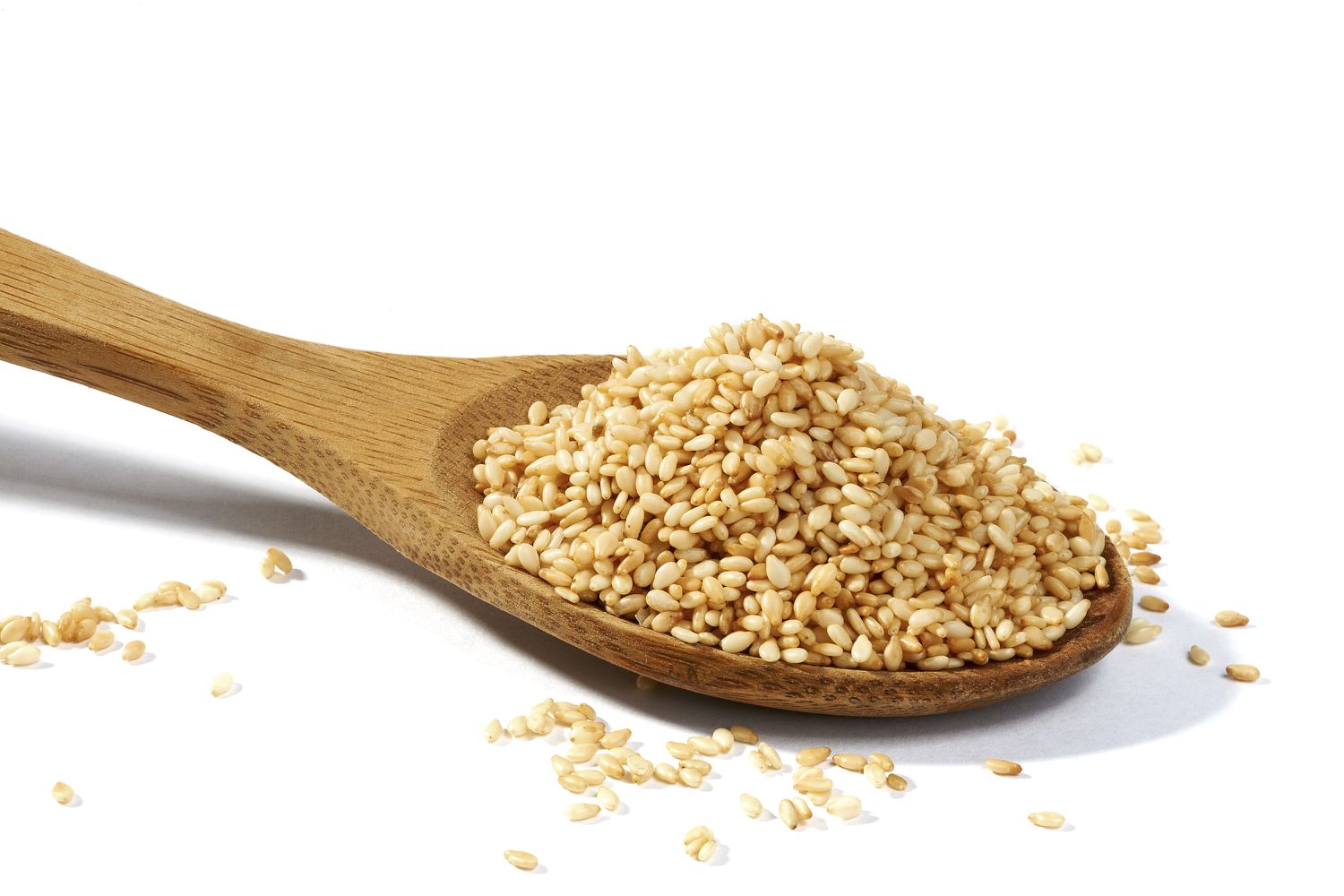
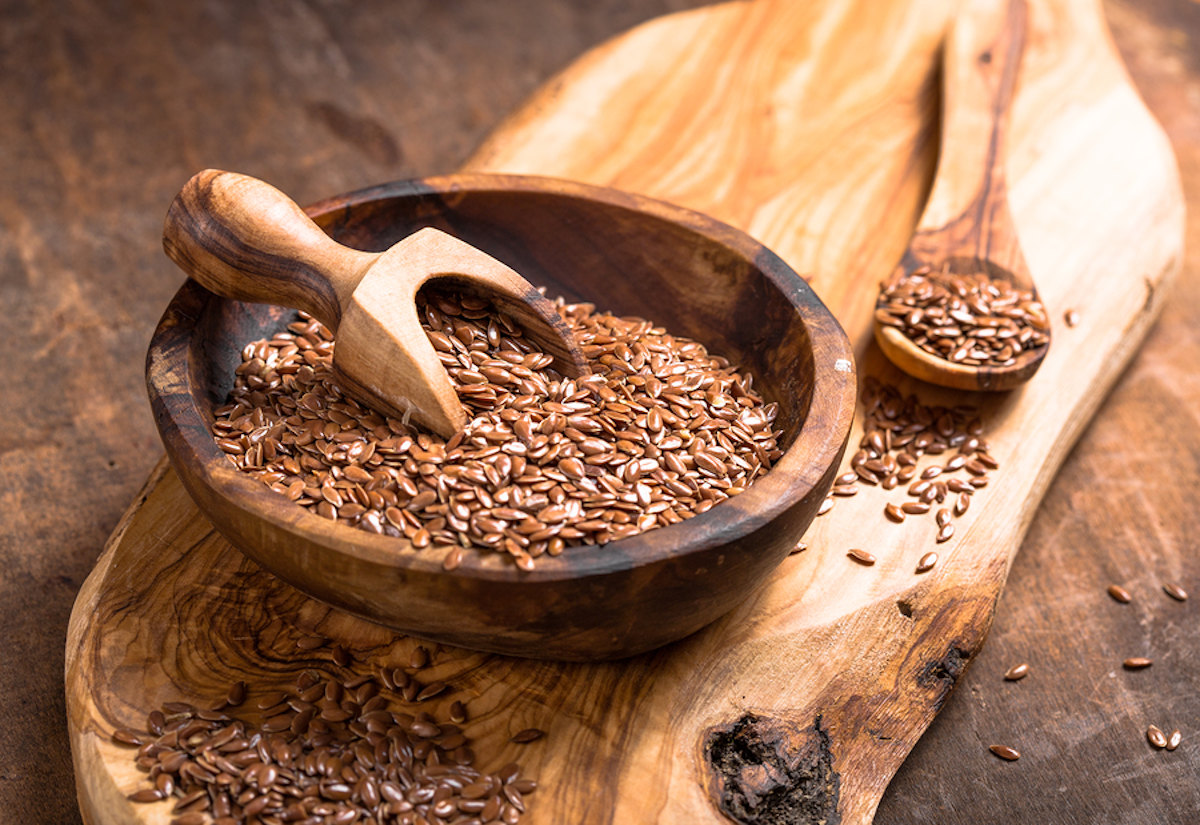
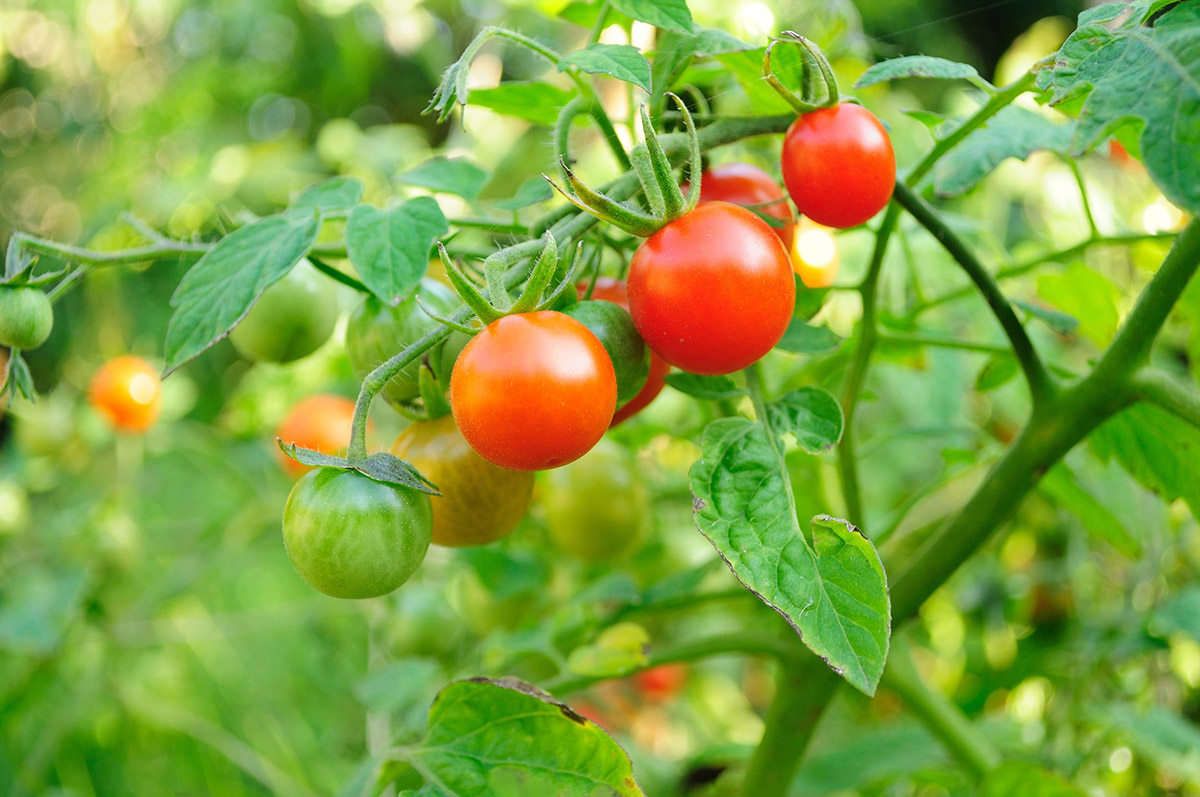
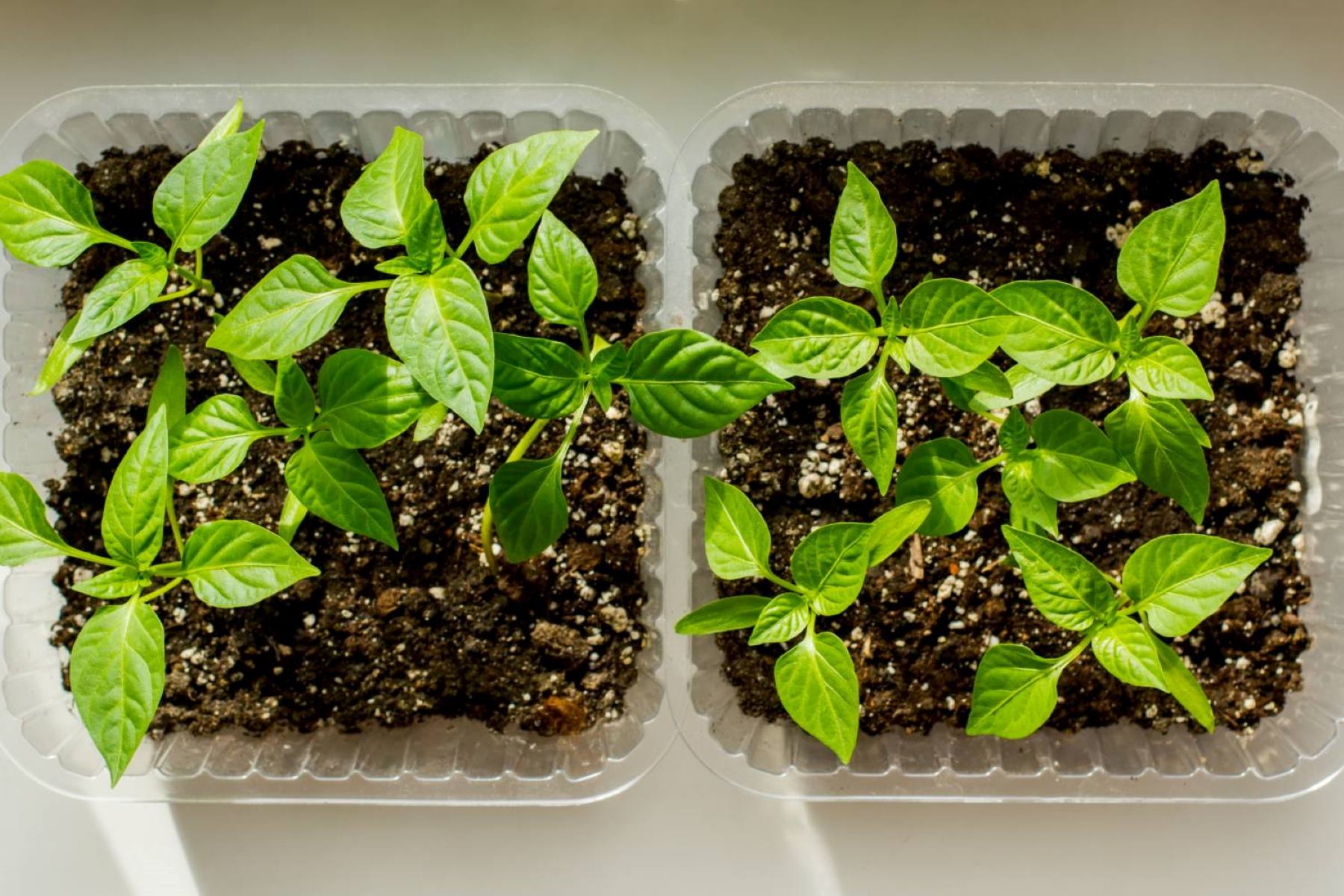
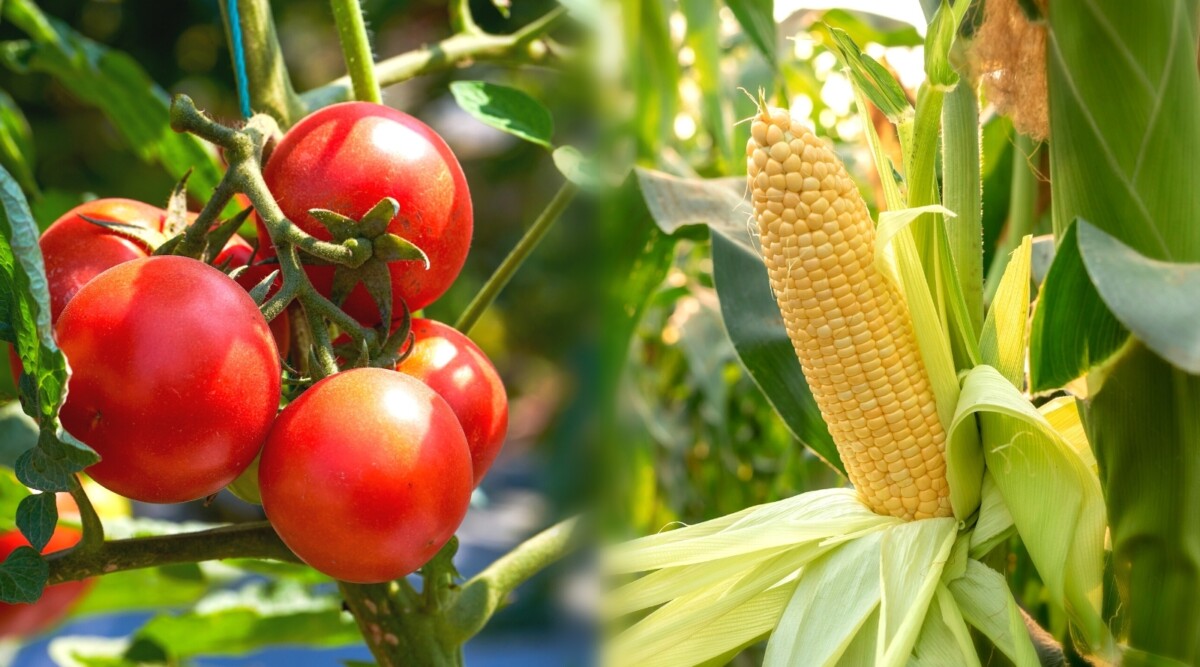
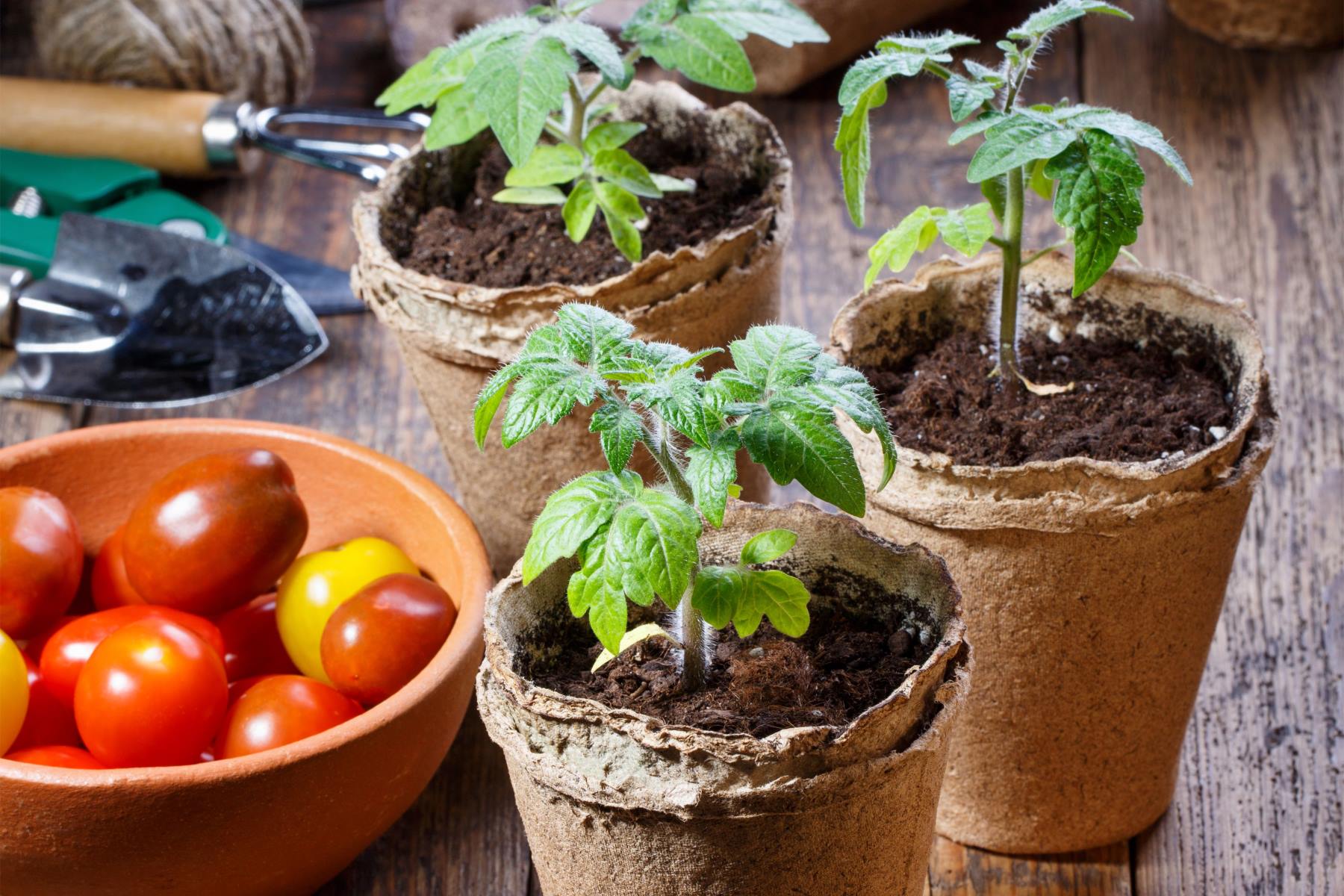
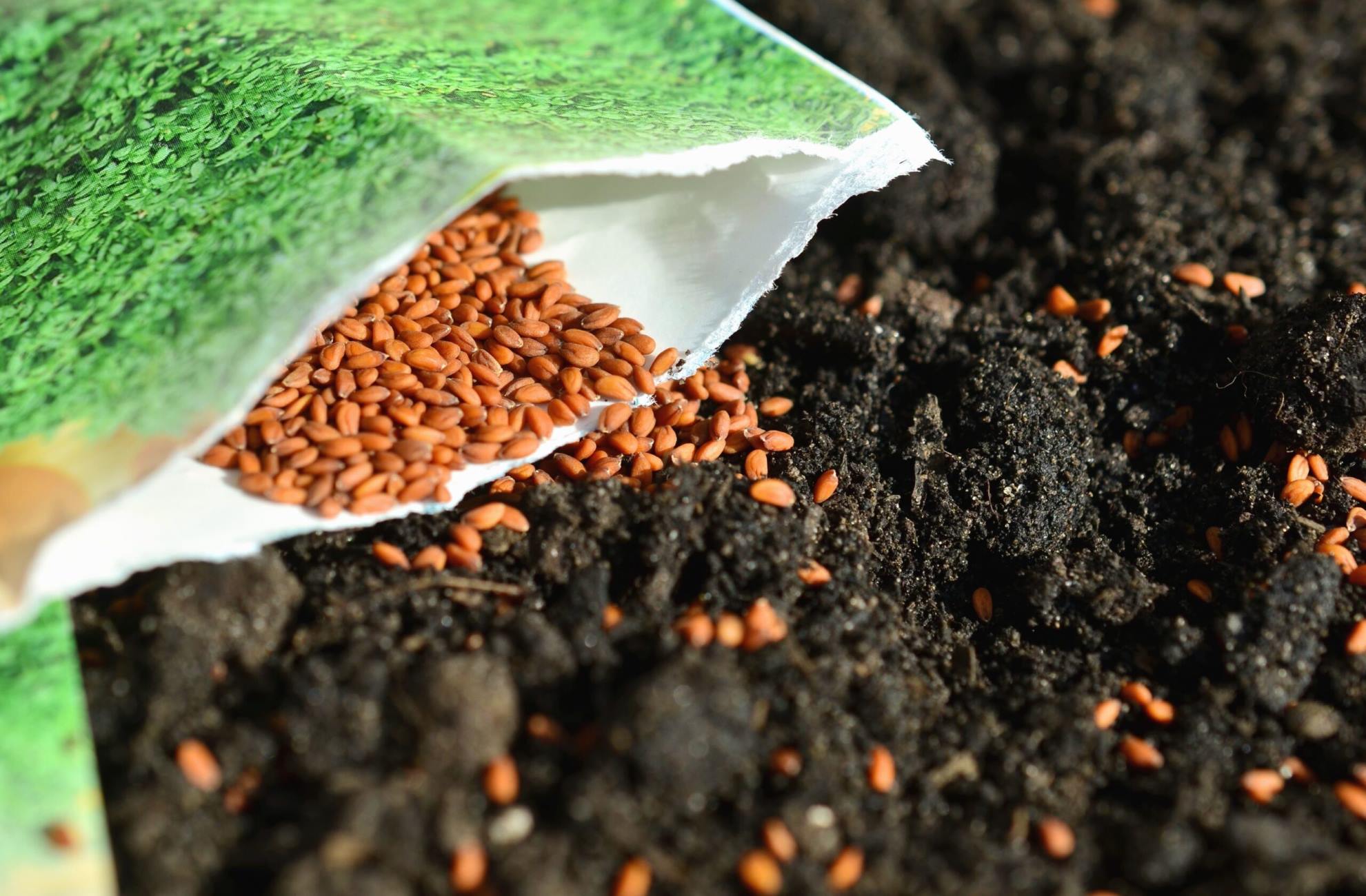
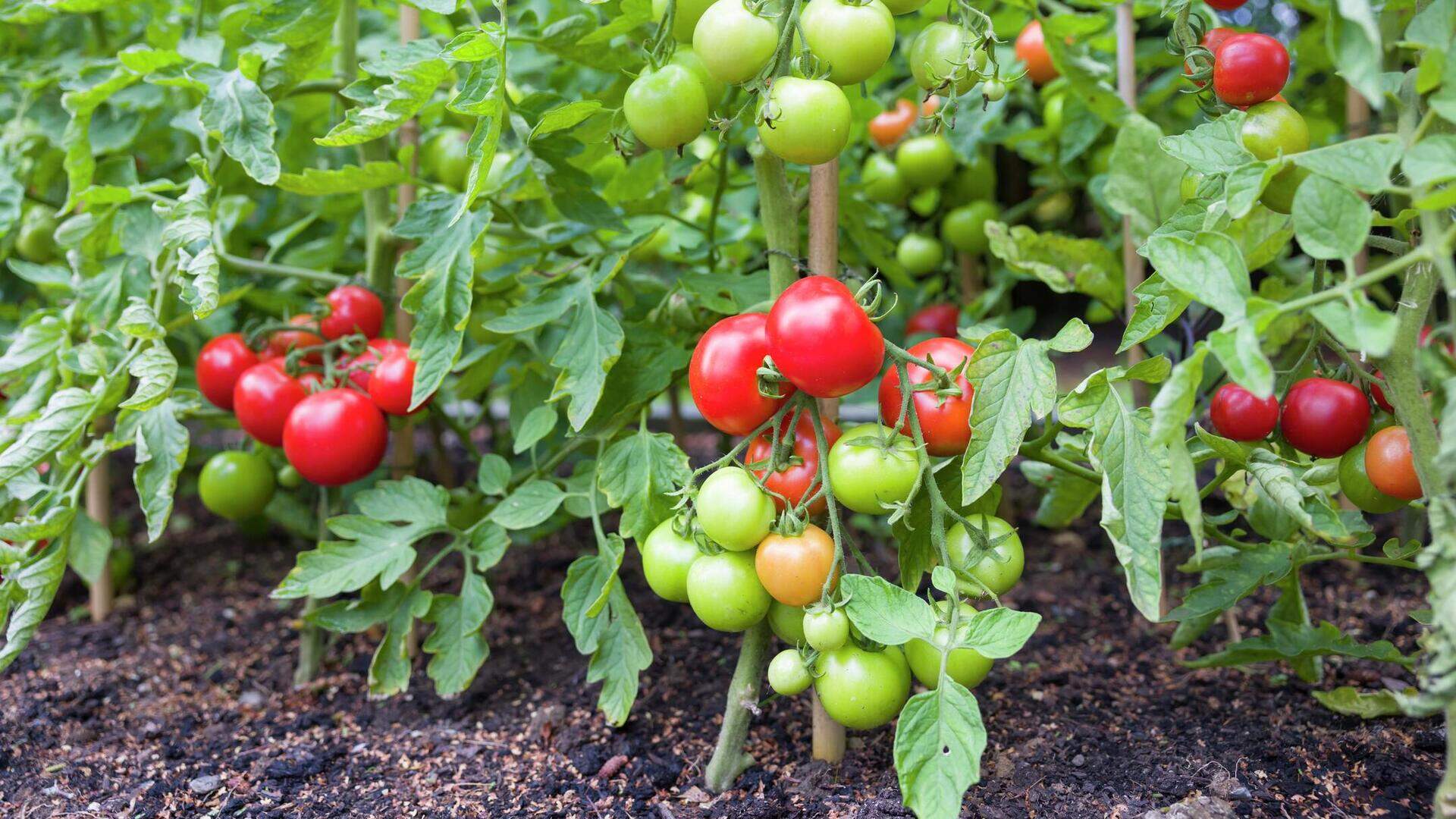
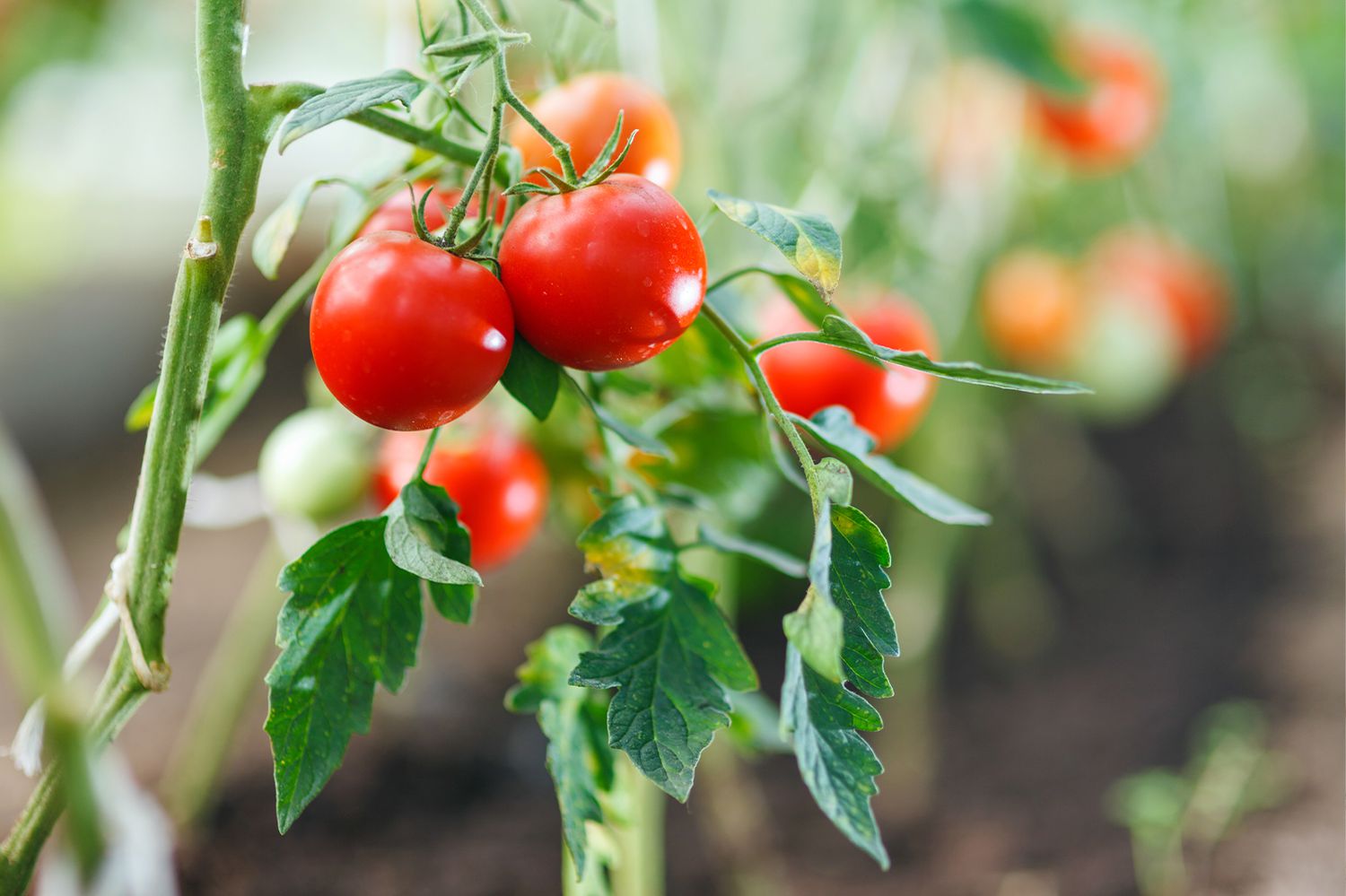
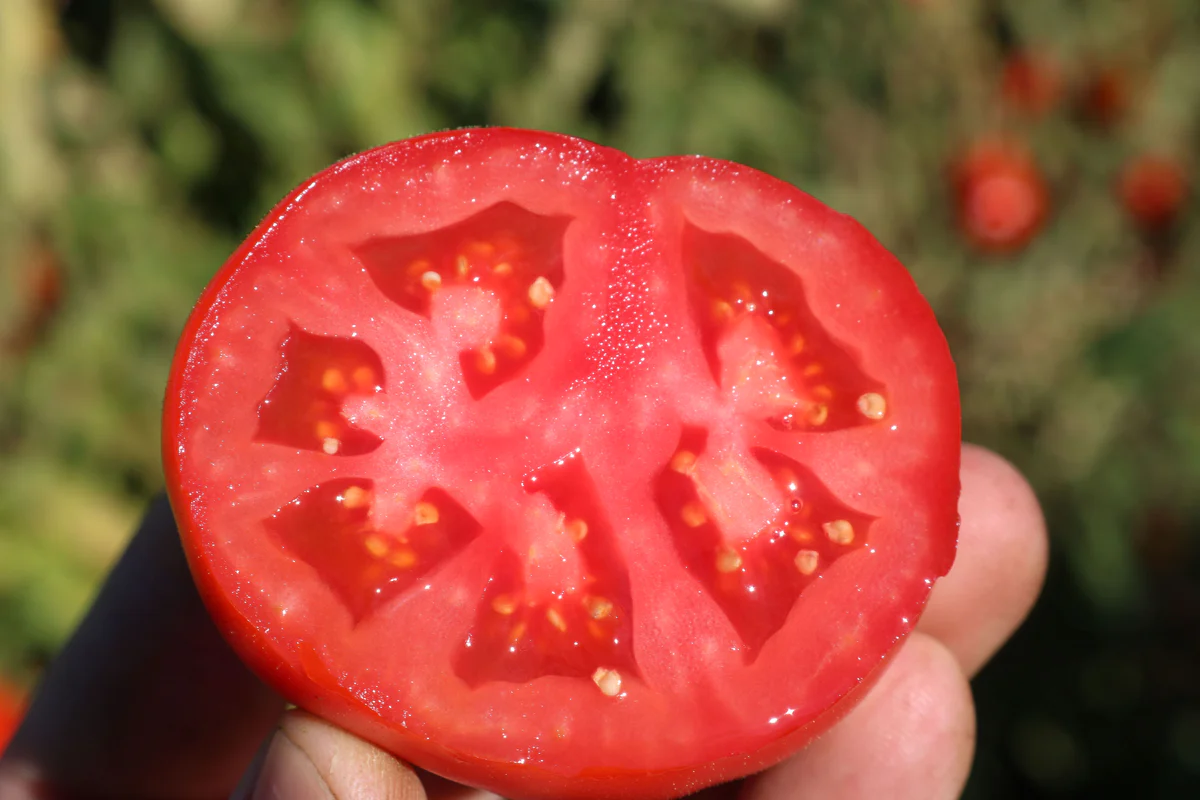
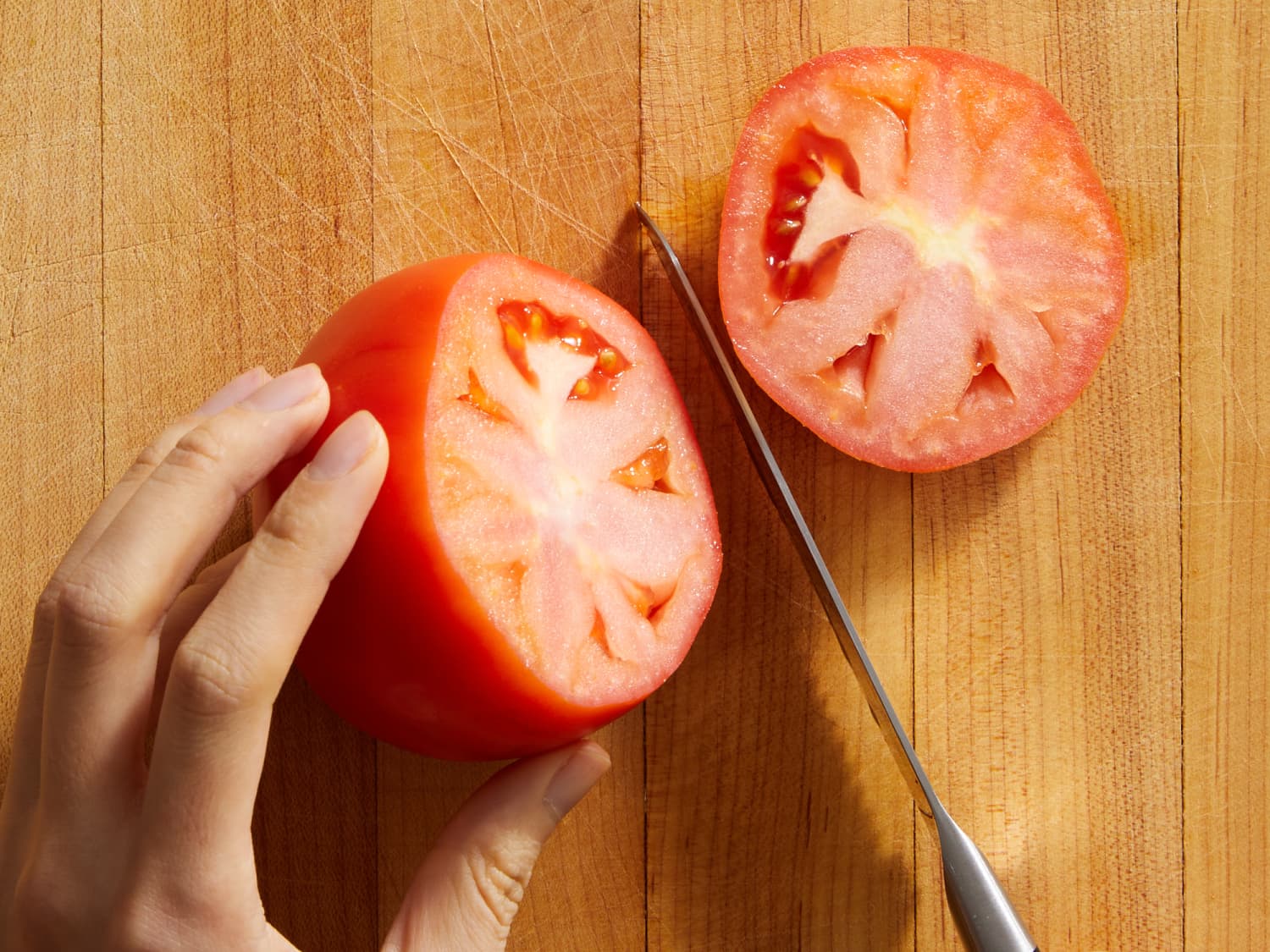
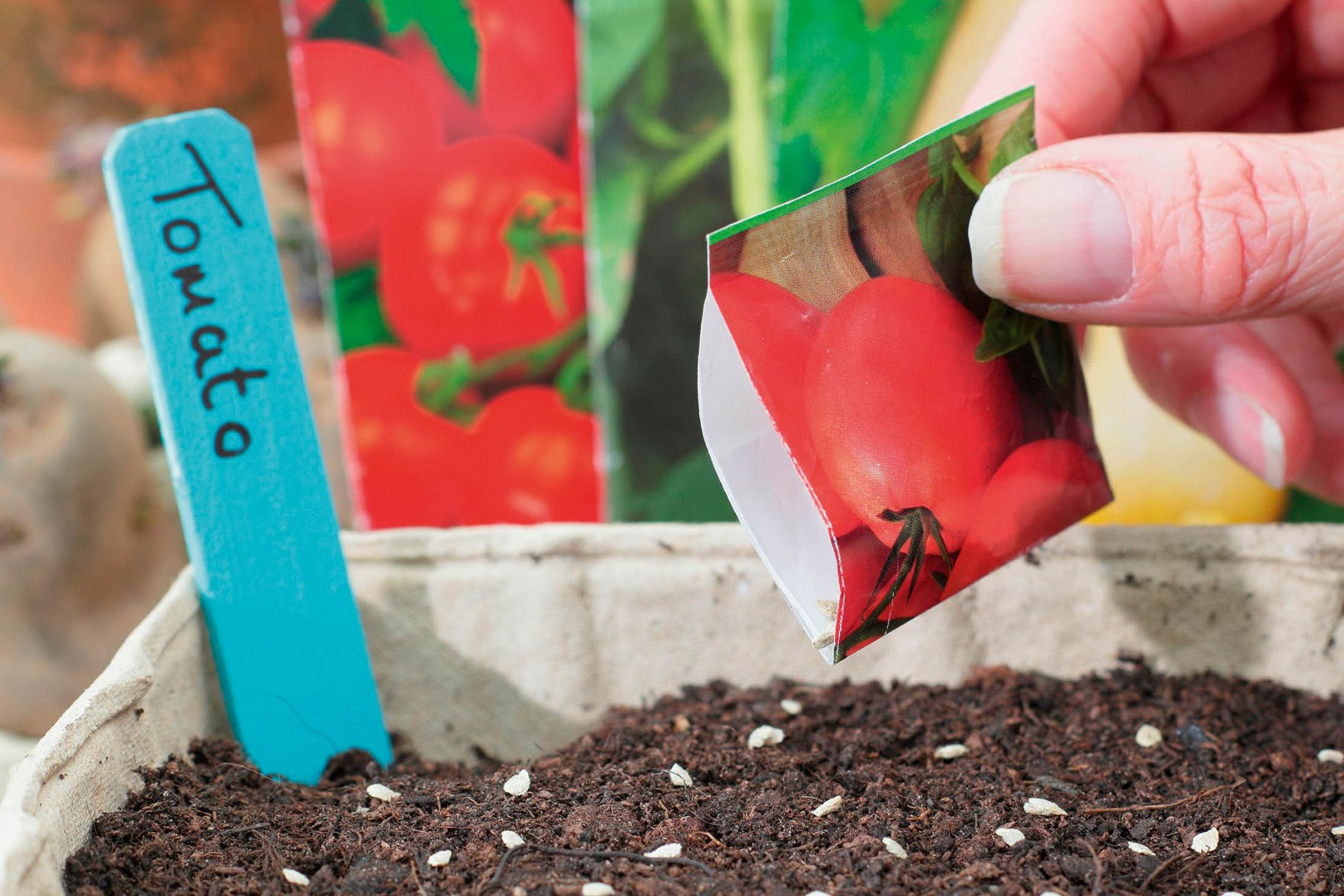
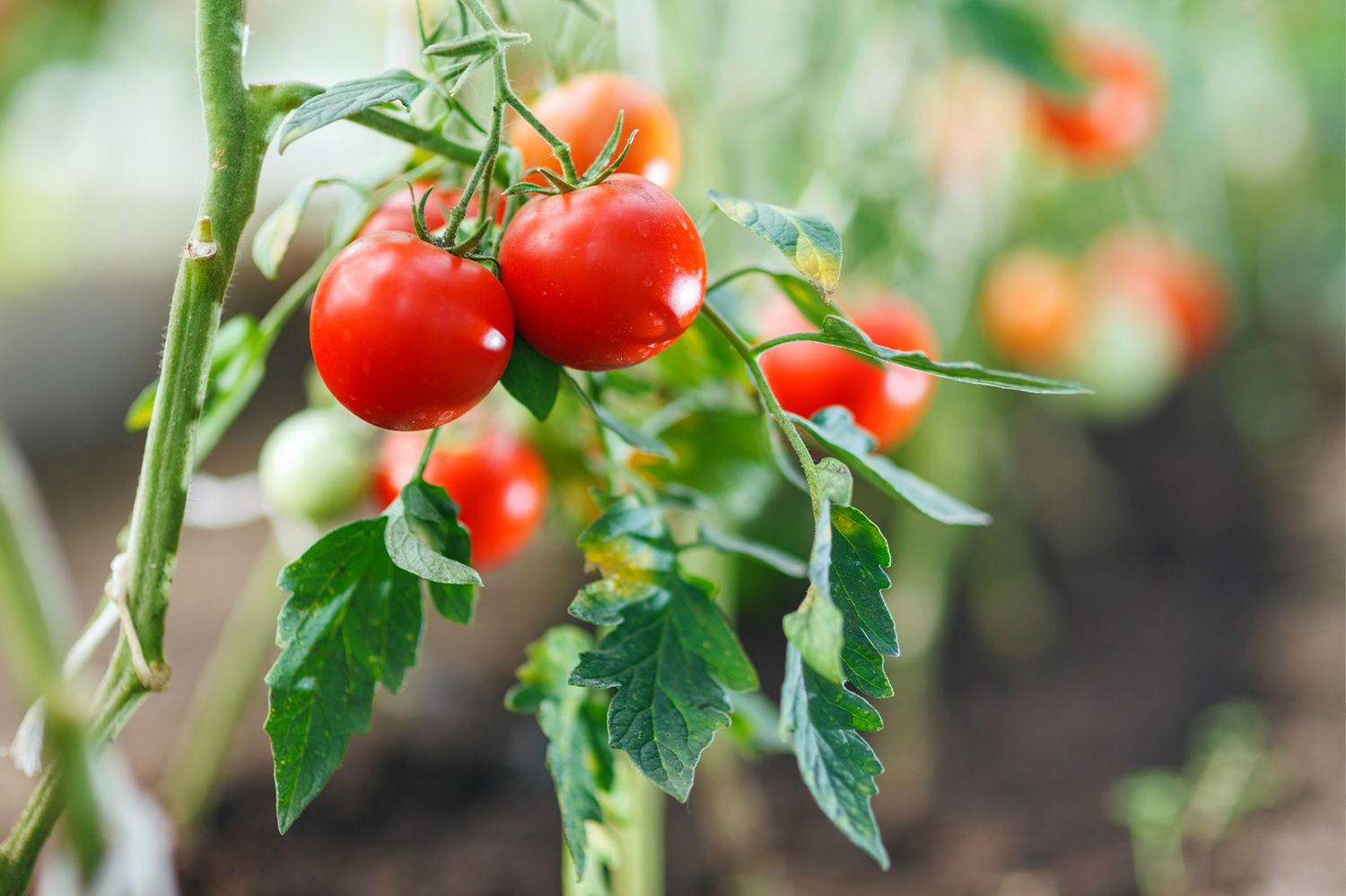
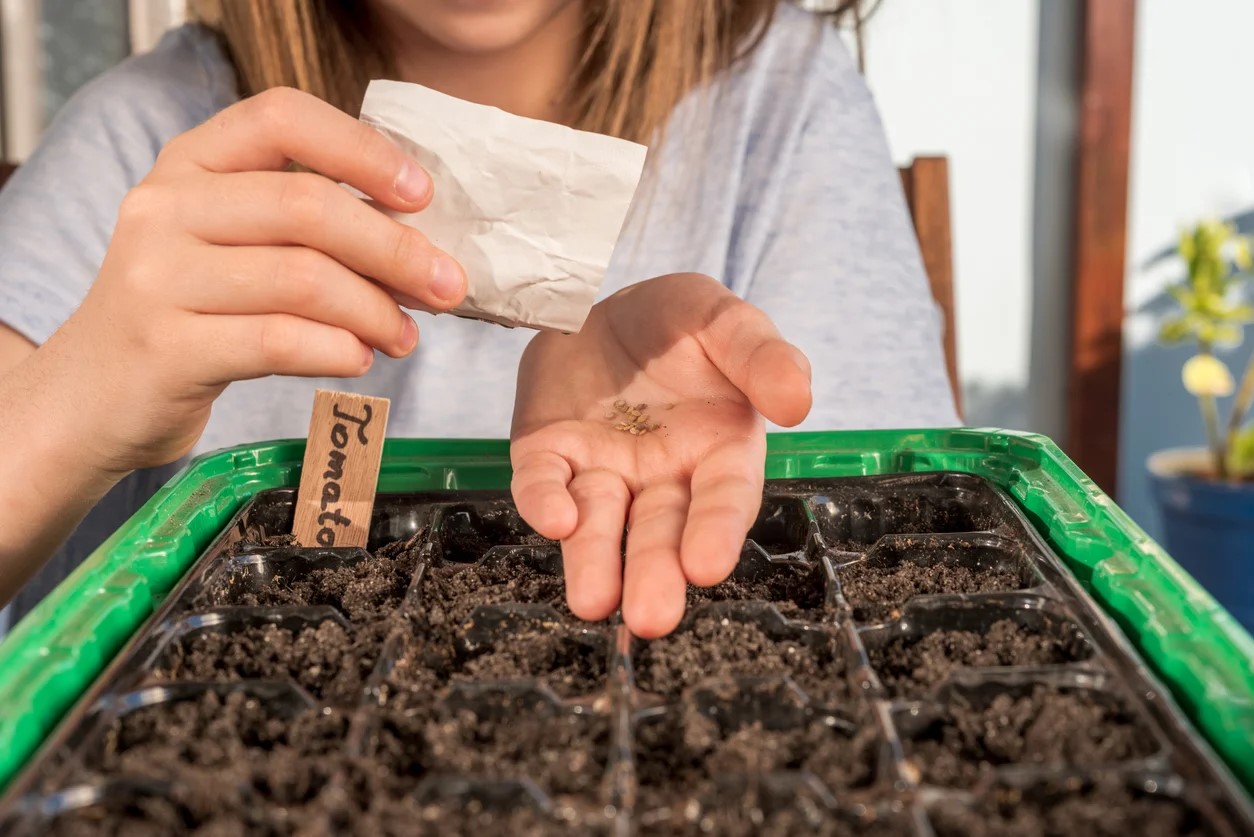

0 thoughts on “How Long Are Tomato Seeds Good For”